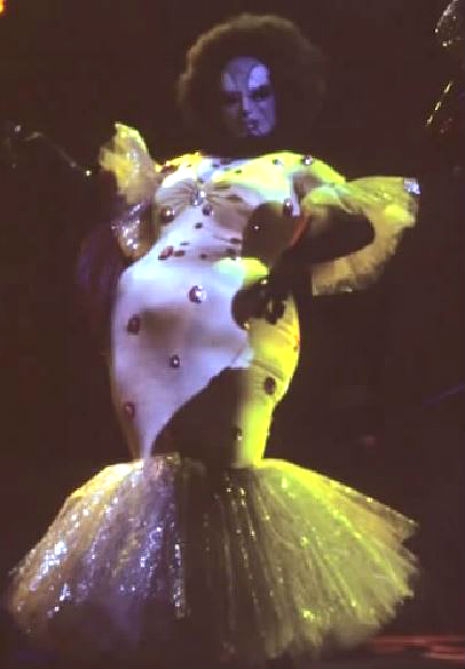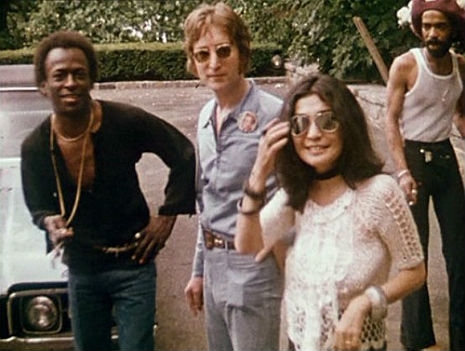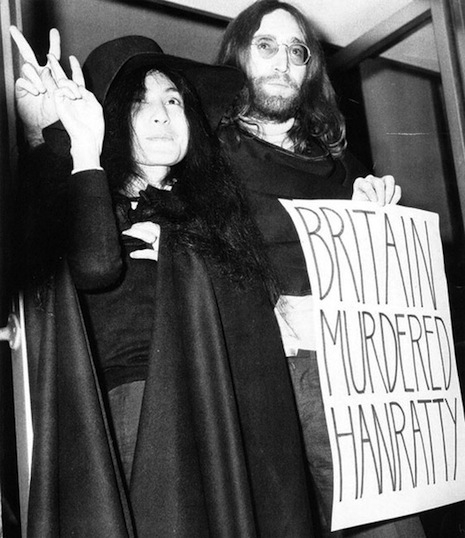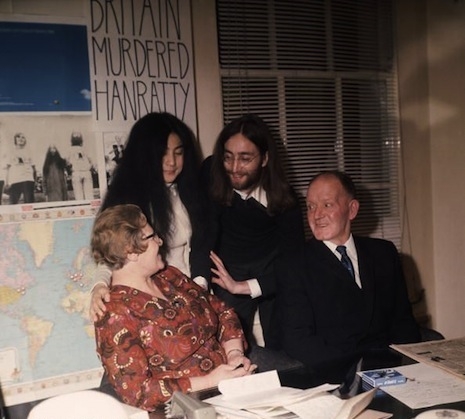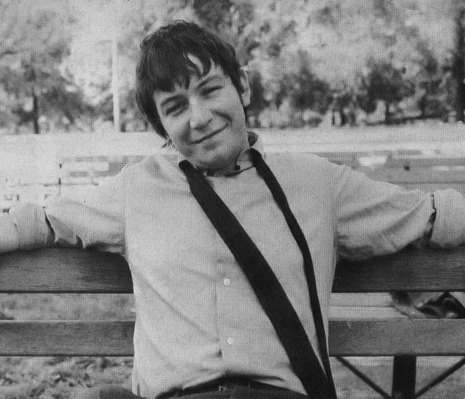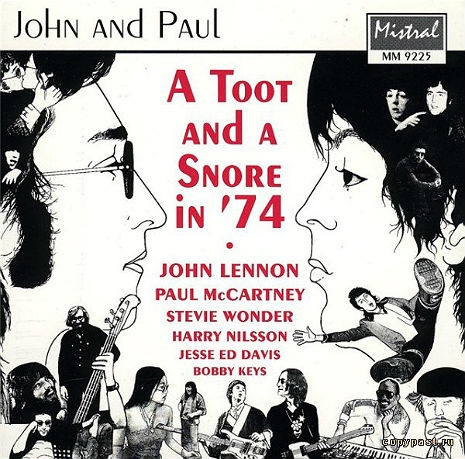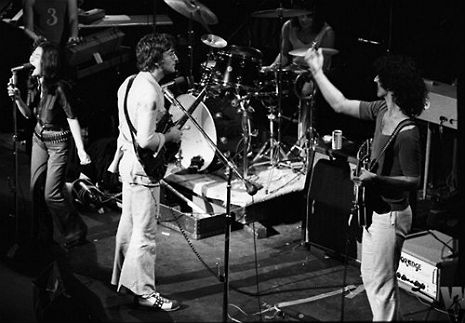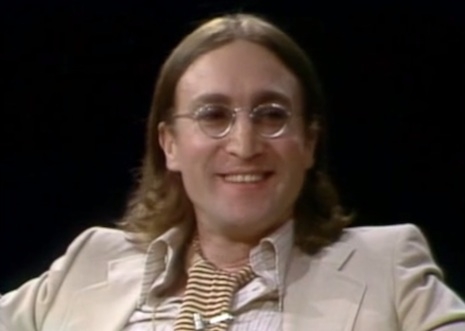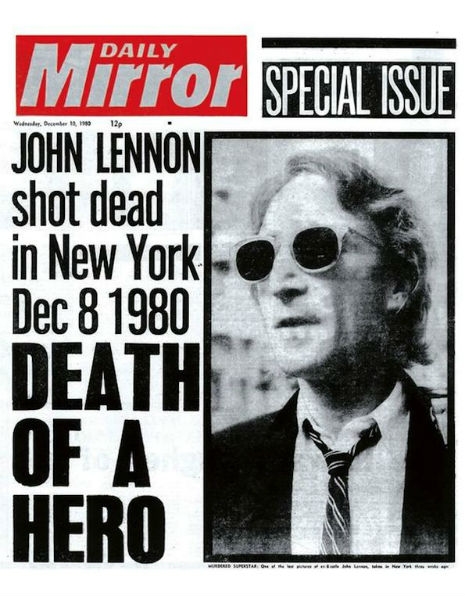
John Lennon was just 40 years old when he shot 35 years ago by Mark David Chapman in the archway of The Dakota building on the Upper West Side of New York City on December 8th, 1980. Lennon and Yoko Ono had just returned home that evening from working at the Record Plant when Chapman approached him. The former Beatle sustained four fatal gunshot wounds and was declared dead on arrival at Roosevelt Hospital.
They say people who were around then can always remember exactly where they were and what they were doing when they first heard that JFK or Martin Luther King had been assassinated. I was 14 when John Lennon was murdered and I first heard about it via the headline in the local paper, the Wheeling News Register and Intelligencer the next morning. I always read my neighbor’s paper every morning while waiting for the school bus. There had been an intense snowfall in my hometown of Wheeling, WV early that morning and I was standing about calf-deep in fresh snow which was falling all around me. Just the night before I had begun “going steady” with my first serious girlfriend and we’d spoken for hours on the phone. I woke up high on life due to this exciting new development in my fledgling teenage love life. I was in an especially great mood.
Then I opened the paper and was smacked in the face with the shocking news that John Lennon was dead.
The world—well American football fans at least—first heard of Lennon’s death when it was announced by Howard Cosell on ABC’s Monday Night Football, a show on which Lennon himself had appeared in the past. He and the famous sportscaster were actually friendly and Lennon had been a guest on Cosell’s radio talk show as well.
“Remember, this is just a football game, no matter who wins or loses. An unspeakable tragedy, confirmed to us by ABC News in New York City: John Lennon, outside of his apartment building on the West Side of New York City, the most famous, perhaps, of all the Beatles, shot twice in the back, rushed to Roosevelt Hospital, dead … on … arrival. Hard to go back to the game after that news flash, which in duty bound, we have to take.”
Stevie Wonder broke the terrible news to an audience at the Oakland Coliseum (flanked by, among others, poet Gil Scott Heron):
Here’s a YouTube comment from a woman named Laura Agigian, who was there that night. Sure enough her memory of the event was as strong as if it had just happened:
I was there. I was at that concert. It was at the Oakland Stadium on December 8, 1980. During the concert, I remember feeling disappointed because Stevie seemed to be “off,” disconnected from the songs he was singing, and just going through the motions. He played many of his songs back to back in a medley, as if to get it over with. At the end of the concert, I knew why.
Even now, in 2014, I remember almost every word of that speech, which left me speechless. I remember getting more and more worried as he started to talk. I remember the collective “gasp” upon hearing the name of the artist who had been shot, and the incredible silence for a few moments afterward. The stadium, filled with thousands of people, was so quiet, you could hear a pin drop.
I was so overwhelmingly shocked, I could not speak. I couldn’t believe that most of the audience were singing along with Stevie after that. I don’t remember if he sang, “Give Peace a Chance” or “Imagine.” I was just crying my eyes out. When I got home, I turned on the radio and they were holding an all night call-in vigil. I called in and told my story of the Stevie Wonder Concert. I stayed up all night with all the other callers, trying to make sense out of it, or even to believe it.
Wow. I never, ever, ever thought I would hear this speech again. I feel like I was there all over again. Wow. And it is almost exactly how I remembered it.
Continues after the jump…






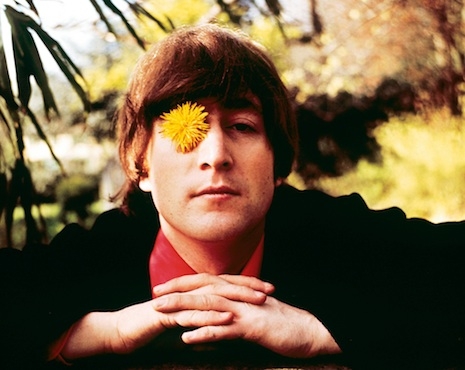
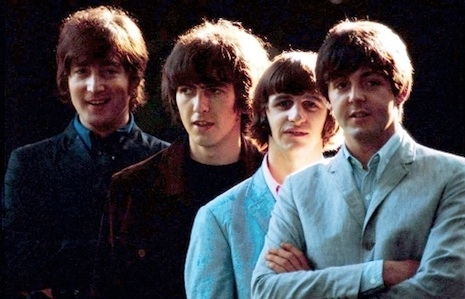


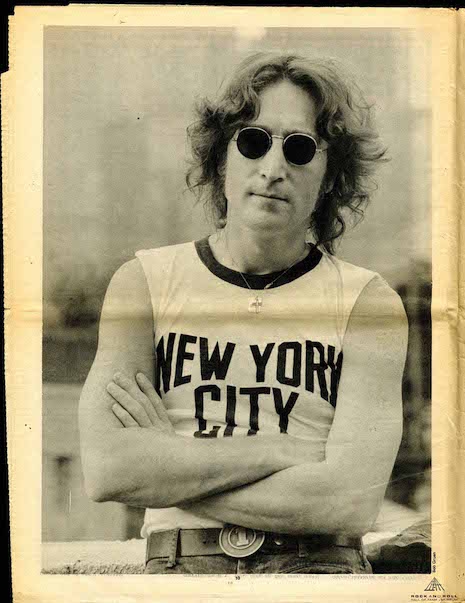


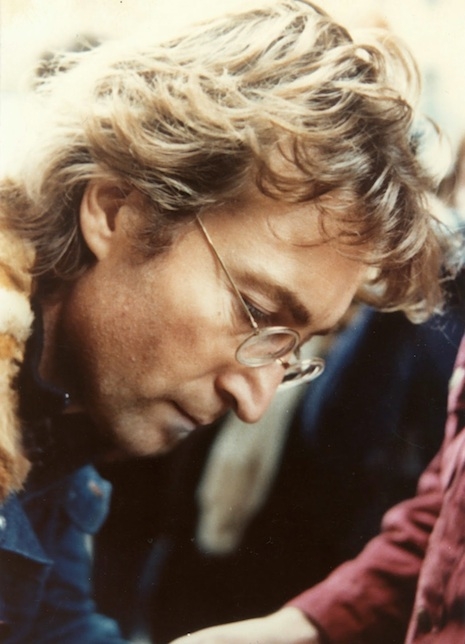
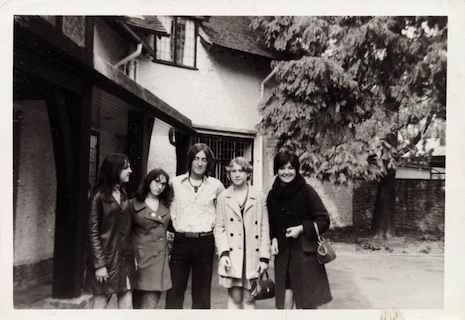
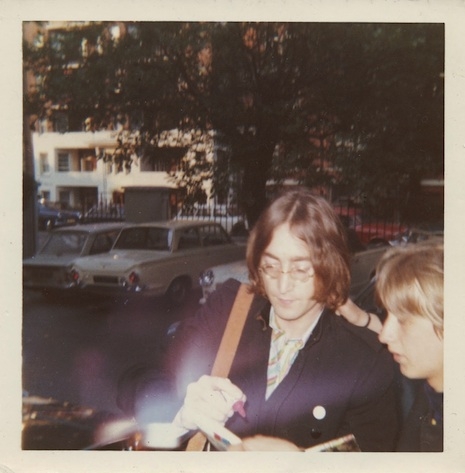
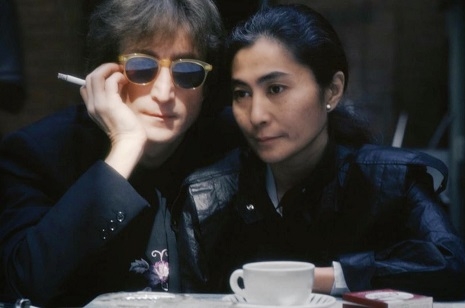
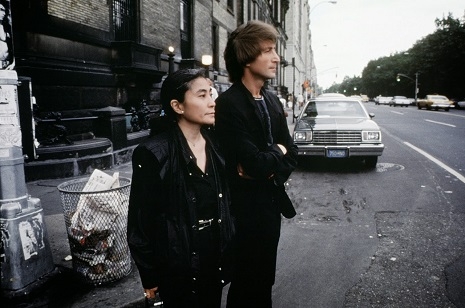
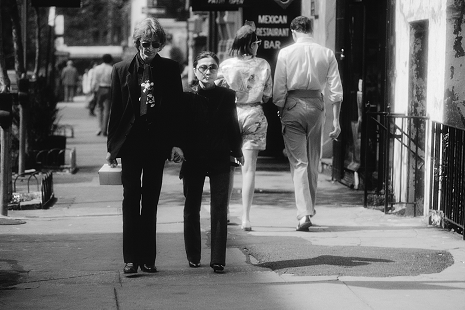
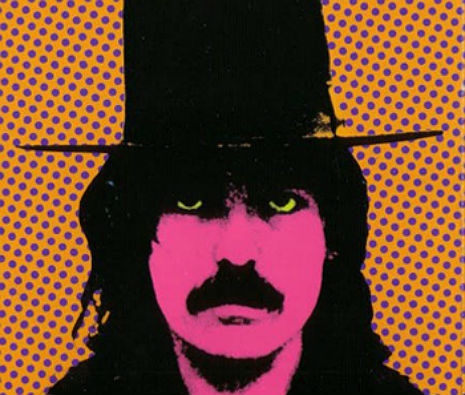


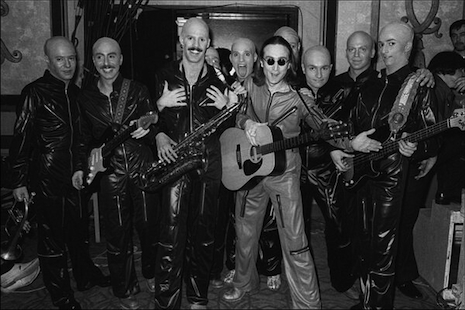
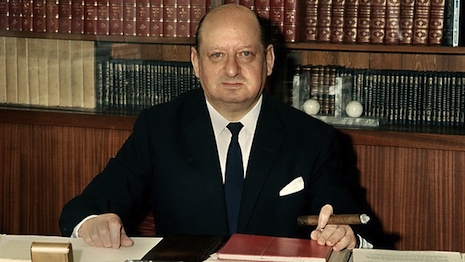
_465_465_336_int.jpg)




